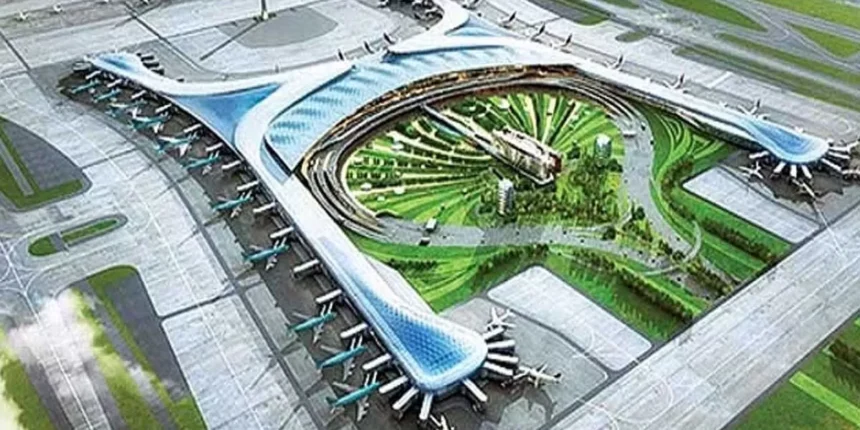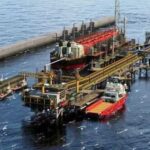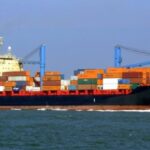The Kenya Ports Authority has announced plans for a major facility upgrade by 2025, which is expected to boost operations. KPA Director General announced the upgrade of the terminal operating system (TOS).
The port director added that the policy has begun to be implemented in the third phase of the Mombasa Port Development Project (MPDP), which is the construction of Berth 23, in collaboration with the Japan International Development Agency (JICA).
Infrastructure development under the MPDP includes the construction of a Sh500 million passenger capacity modern Naval Dockyard, which is critical to the operation of the port.
Mombasa Port, the gateway to landlocked countries such as Uganda, Rwanda, Burundi and South Sudan, has achieved significant results in recent years with billions of dollars of investment in infrastructure, technology and modern equipment.
- Advertisement -
Multi-billion-shilling projects aimed at boosting the country’s economy include the Sh32 billion Container Terminal Phase 2, the Sh40 billion Kipeu Oil Terminal (KOT) and the Sh1 billion cruise ship jetty.
The Kenya Ports Authority (KPA) also built the Sh2 billion, 1.2-kilometre Kipevu concrete road to facilitate the speedy movement of sea cargo through the ports.
Early last year, the facility purchased $31,493,808 (Sh4.1 billion) worth of gantry cranes as state-owned enterprises to manage major ports.
President William Ruto said the upgrade was necessary due to increased workload by May 2024, when the office will be holding a record amount of more than 176,000 twenty-foot equivalent (TEU).
The Kenya Ports Authority Director General has announced that they have built the 300-metre-long Berth 23, working with the Japan International Cooperation Agency (JICA) to execute the third phase of the Mombasa Port Development Project (MPDP). The yard capacity is 500,000 tonnes Standard container.
- Advertisement -
Ruto said that a total of 41 vessels is expected to be received at the Port of Mombasa by the end of the 14-day festival and that this number is expected to increase.
He added that the vessel calls are due to the addition of six feeder vessels from major shipping lines that connect regional ports to international shipments.










